From the Chicago Reader (January 5, 1996). — J.R.
I can’t recall a worse year for Hollywood than 1995. This suggests that either my memory or the studio system is disintegrating. My guess is it’s the latter. I don’t mean to say the business is coming apart; sadly, Hollywood has often found it easy to make money with junk, especially if the public is willing — as it still apparently is — to go along with the film industry’s manipulations. (However, given the scant means available to most people to make themselves heard on such matters in this “free” society, I don’t want to jump to too many conclusions about this.) Rather I believe that what’s coming apart is the social contract between the industry and filmgoers, which allows some form of customer satisfaction that isn’t predicated on deception and a fundamental contempt for the audience.
A symptom of the problem could be found in an article by Peter Bart in Variety late last October bemoaning the poor box-office returns for “such pricy projects” as Jade, The Scarlet Letter, Strange Days, and Assassins. “Rubbing salt into the wound,” added Bart, “is a new Yankelovich opinion survey…which indicates that 43 percent of filmgoers interviewed say they would attend more films all year round if a ‘better selection’ of movies were available. Read more
This is third in an ongoing series of five lists of lists. –J.R.
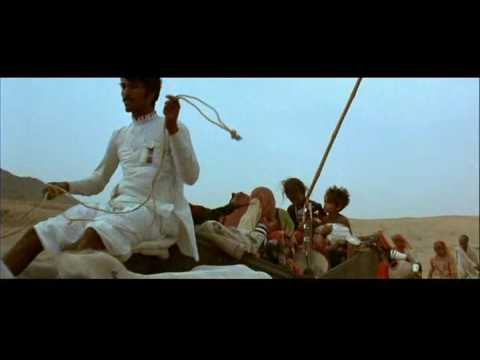
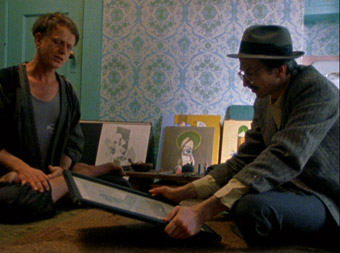

Chicago Reader, 1995:
Latcho Drom (Tony Gatlif)
Crumb (Terry Zwigoff)
A Great Day in Harlem (Jean Bach) + When It Rains (Charles Burnett)
Lamerica (Gianni Amelio)
Good Men, Good Women (Hou Hsiao-hsien)
Safe (Todd Haynes)
Germany Year 90 Nine Zero (Jean-Luc Godard)
Exotica (Atom Egoyan)
Hyenas (Djibril Diop Mambety)
Up Down Fragile (Jacques Rivette)
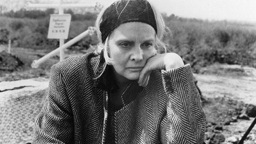
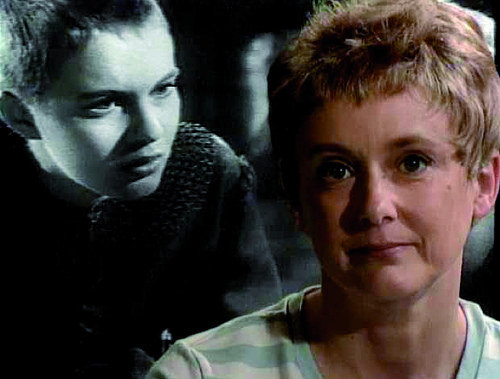
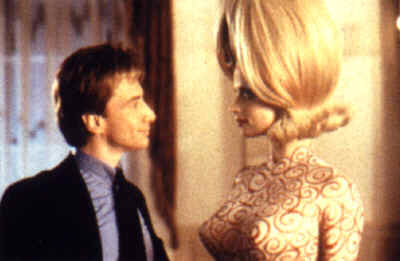
Chicago Reader, 1996:
Dead Man (Jim Jarmusch)
The Asthenic Syndrome (Mira Kuratova)
The Decalogue (Krzysztof Kieslowski)
Nightjohn (Charles Burnett)
The Neon Bible (Terence Davies)
Regularly or Irregularly (Abbas Kiarostami) + From the Jounals of Jean Seberg (Mark Rappaport)
Thieves (André Téchiné) + My Favorite Season (André Téchiné)
The White Balloon (Jafar Panahi) + Goodbye South, Goodbye (Hou Hsaio-hsien)
Blush (Li Shaohong) + Red Hollywood (Thom Anderson & Noël Burch)
Flirt (Hal Hartley) + Deseret (James Benning)
Sling Blade (Billy Bob Thornton) + Joan the Maid (Jacques Rivette)
Secrets & Lies (Mike Leigh) + Basquiat (Julian Schnabel)
Get on the Bus (Spike Lee) + Chungking Express (Wong Kar-wai)
Mars Attacks! (Tim Burton) + The Cable Guy (Ben Stiller)
When Pigs Fly (Sara Driver) + Desolation Angels (Tim McCann)
Stealing Beauty (Bernardo Bertolucci) + My Life and Times With Antonin Artaud (Gérard Mordillat)
Ectasy (Mariano Barroso) + Vive l’Amour (Tsai Ming-liang)
Cyclo (Tran Anh Hung) + Breaking the Waves (Lars von Trier)
2 X 50 Years of French Cinema (Anne-Marie Mièville & Jean-Luc Godard) + The Crucible (Nicholas Hytner)
A Family Thing (Richard Pearce) + Nelly and Monsieur Arnaud (Claude Sautet)
Yang and Yin: Gender in Chinese Cinema (Stanley Kwan) + Red Lotus Society (Stan Lai)
Foxfire (Annette Haywood-Carter) + Bottle Rocket (Wes Anderson) + Trainspotting (Danny Boyle)

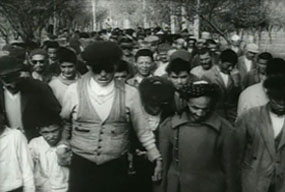

Chicago Reader, 1997:
A Brighter Summer Day (Edward Yang)
The House Is Black (Forugh Farrokhzad)
Irma Vep (Olivier Assayas)
The Ceremony (Claude Chabrol)
4 Little Girls (Spike Lee) + Fast, Cheap & Out of Control (Errol Morris)
La promesse (Luc and Jean-Pierre Dardenne)
In the Company of Men (Neil LaBute)
The Sweet Hereafter (Atom Egoyan)
As Good As It Gets (James L. Read more
Commissioned and published for the Voyager laserdisc of F for Fake in 1995. My thanks to Marcio Sattin in São Paulo for giving me a printout of this untitled “lost” essay in Spring 2015, which I’ve slightly re-edited.-– J.R.
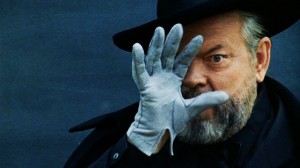
Orson Welles’ two major documentary forays stand roughly at opposite ends of his film career: It’s All True (1942) and F for Fake (1973), and together the two projects’ very titles express a dialectical relationship to the documentary. Both belong to a form of documentary known as the essay film that interested Welles throughout his career. Notwithstanding some Wellesian hyperbole, it seems safe to say that both titles accurately convey the overall essence of their respectiive projects: Most of the never-completed It’s All True, as Welles conceived and shot it, was true; most of F for Fake is fake -– a fake documentary about fakery, with particular attention devoted to art forger Elmyr de Hory, to author Clifford Irving, and to Welles himself. As Welles put it in a 1983 interview, “In F for Fake I said I was a charlatan and didn’t mean it . . . because I didn’t want to sound superior to Elmyr, so I emphasized that I was a magician and called it a charlatan, which isn’t the same thing. Read more










